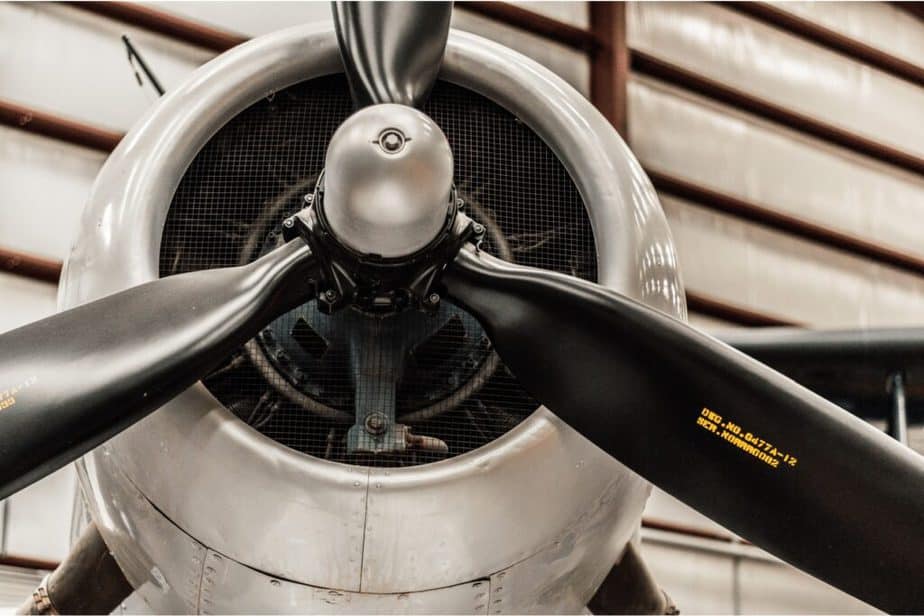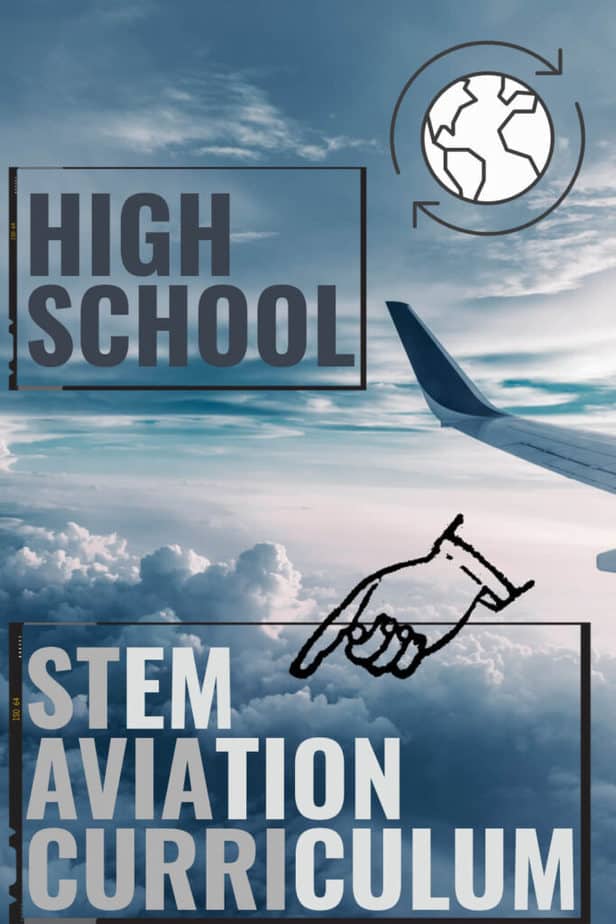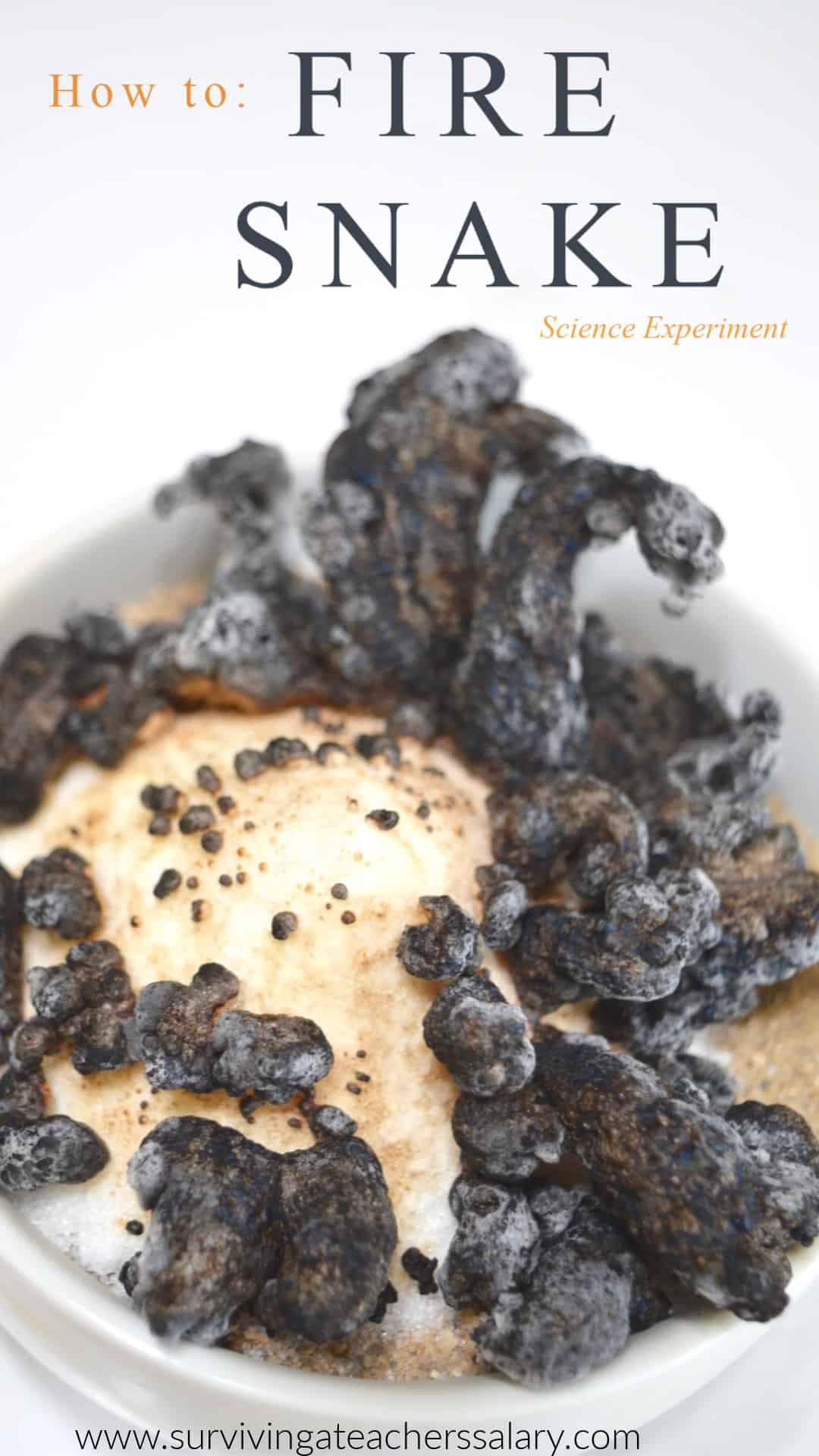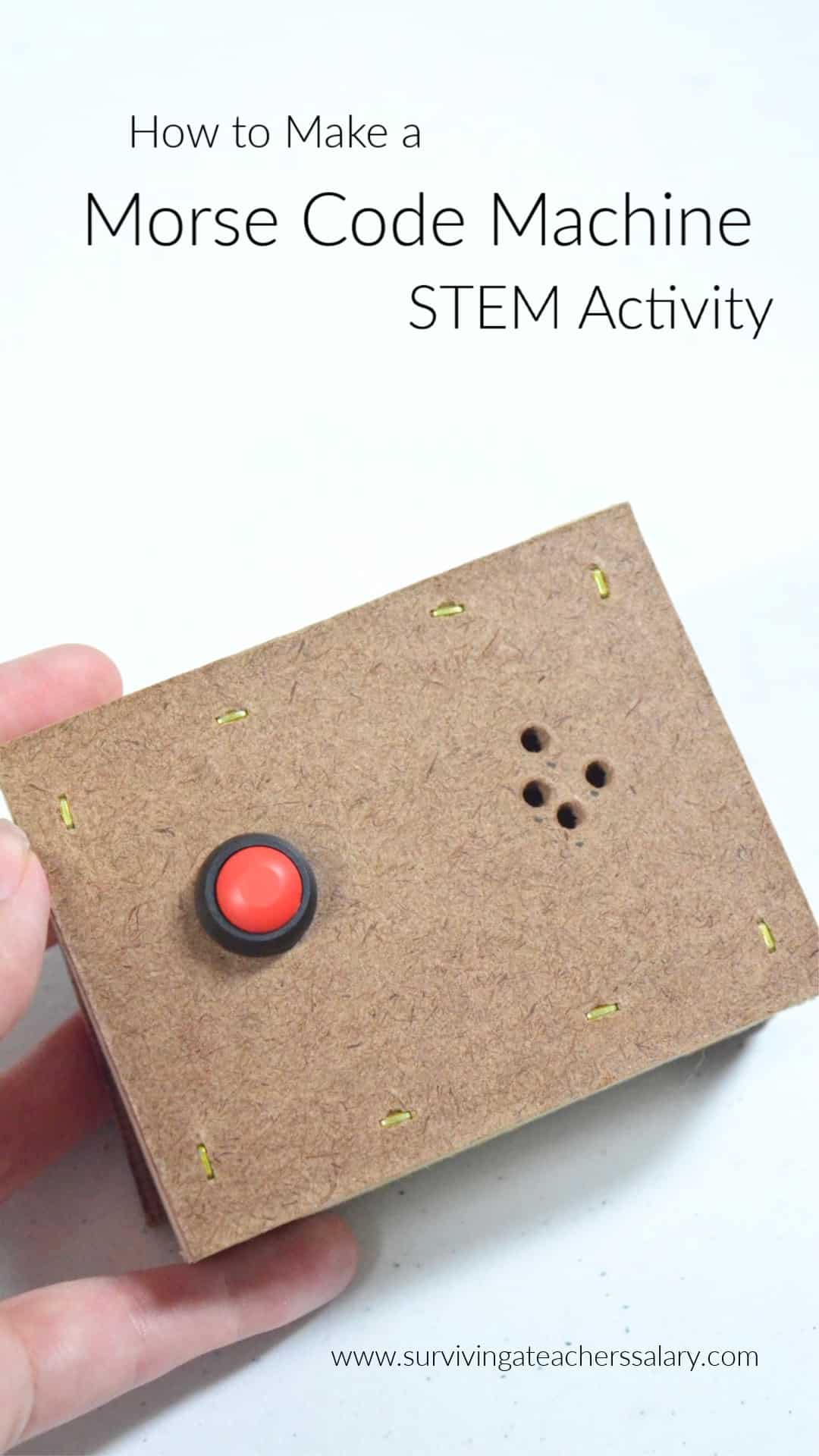High School Aviation STEM Curriculum
This post may contain affiliate links, view our disclosure policy for details.
Reprinted with permission from AOPA. Original Author: Alyssa J. Cobb
Have a student looking to the skies? They might be interested in the AOPA Foundation You Can Fly High School Aviation STEM Curriculum! This quickly growing high school curriculum is now being used in 300 educational institutions in 44 states!
Created by the Aircraft Owners and Pilots Association (AOPA), the world’s largest aviation community, it offers students comprehensive four-year aviation study options that are aligned to Common Core State Standards and Next Generation Science Standards.
The science, technology, engineering, and math curriculum features two pathways, pilot and Unmanned Aircraft Systems (drones). Each pathway is four years in length, and schools can decide to implement one or more complete pathways, or select individual courses to use as standalone electives.
Schools may now apply to use the ninth, tenth, eleventh, and twelfth grade courses in the upcoming school year. Once students have completed the curriculum, they have learned the principles necessary to pass FAA knowledge tests.
The curriculum is funded by donations to the AOPA Foundation and is provided free to schools. Because of this, AOPA is reaching students from populations that are underrepresented in aviation.
This summer, the curriculum earned the prestigious STEM.org Accredited Educational Program Trustmark. STEM.org is a STEM education research and credentialing organization that has given trustmarks to companies including The Walt Disney Co. and The New York Times.
In addition to receiving national accreditation, the curriculum is also backed by state education departments, helping to fuel its growth. Oklahoma approved the curriculum statewide for its career technical education (CTE) aviation career pathways, while Kansas career and technical education developers worked with the You Can Fly team to create a statewide CTE pilot pathway.
The curriculum also can count as college credit at Florida’s Polk State College and Oregon’s Portland Community College as well as many other colleges and universities across the country.

AOPA trains and mentors educators who enroll to teach the curriculum through professional development workshops, ongoing teacher support, and peer interactions. One of the upcoming valuable professional development opportunities is through the 2021 AOPA Foundation High School Aviation STEM Symposium presented by Boeing.
Every one of the lessons that make up each year-long course includes everything that a teacher needs to provide rigorous and exciting project-based learning experiences:
- 5E model lesson plans aligned to CCSS and NGSS
- Teacher presentations with embedded instructional safe video links
- Student activities and projects, project rubrics, and materials lists
- Extension activities for enrichment and strategies for inclusion

The symposium takes place November 14 through 16 in Orlando, Florida, and is a perfect way to learn about the curriculum and delve deeper into aviation STEM education. Schools that might be interested in offering the curriculum in a future year should attend the symposium to network with educators who use the curriculum, learn about career opportunities from aviation industry experts, and gain valuable insight into how the program changes students’ lives.
Those who want to offer the program in the 2022-2023 school year can look forward to the availability of seven full-year high school courses in the two pathways.
Learn more about the Aviation STEM Curriculum here!






